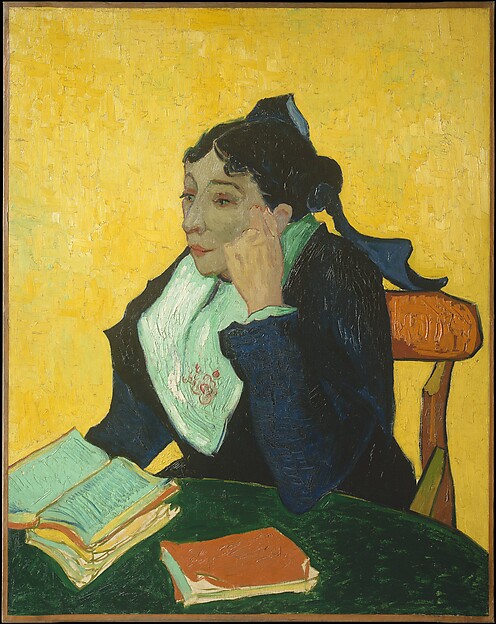S-M-I-L-E
Tall or short, thick or thin, blonde, black, brunette or red hair, diversity is at the core of women's external appearance. No woman is like another. Facial expression and physical posture in one's appearance may help depict a women's unique countenance and personality.
Have you ever heard someone say, “It is not all about appearance and looks when it comes to being interested in a girl to date, it's about personality as well!” When looking and interacting with a woman how does her facial expressions depict her personality? Does she have squinty eyes full of disgust or a nose pointed upwards which suggests her superiority? Darkening her surroundings, her condemning spirit makes her seem cold and judgmental. Or does light reflect off of her like the sun? Shining radiately through accepting eyes and a genuine smile, she uplifts spirits and welcomes others. Similarly, what does her body language suggest? Does she lift her nose as if all the world should bow and pay homage to her magnificence or does she kneel at a person's feet like a servant, patient and kind?
The artwork chosen to interact with the Mona Lisa share a common theme. Yes, they are all women; yet, they all share a common facial expression: a smile. Though they all share the theme of smiling, they contrast in their body language. Therefore, the viewer may respond differently to each artwork. Like the mystery behind the Mona Lisa, these artworks pose a question: why exactly is that woman smiling? But more importantly, what do their smiles maybe suggest current states of being?
Gustav Klimt, Portrait of Adele Bloch-Bauer I, 1907
This highly detailed and extravagant artwork immediately catches the viewers eye. The gold embellishments, geometric patterns/shapes, and sure size of the artwork makes it stand out. The background patterns and gold contrast the pale white used for Adele's skin color. At first the size of the piece draws the viewer; however, the contrasting color may then lead them to the face of Adele. The soft texture and flowing lines create a calming place for the eye to rest. Instead of being enveloped by the details surrounding her face. Furthermore, her black hair and rosy-red lips are contrasting her pale skin. The lines of her hair and lips are highlighted. There is where the smile lies. The corners of the lips are slightly lifted suggesting that she is in a pleasant state. Finally, her body language is simple and mainly closed. Her arms are tucked close to her body and hands enraptured. She is not trying to defend herself. She is flat and there is no movement suggesting her pleasant state.
Vincent Van Gogh, L'Arlésienne: Madame Joseph–Michel Ginoux, 1888-89
Similar to the Portrait of Adele Bloch-Bauer, Madame Joseph is surrounded by a bright background. Yellow covers the back of the canvas and she sits in a chair with blackish blue clothes covering her. Yet, her scarf-like chest covering and a book that lies before her are teal blue and white. Because of this the light teal in her eyes is noticeable. Plus, Vincent van Gogh added a rustic orange to outline her scarf label, books and most importantly the lips! Again, attention is brought to the face, especially the eyes and lips. The small lift in the corner of her lips suggests a smile. However, her arm posture suggests that she is in a contemplative state. As a result, the viewer may feel like she is smiling half-heartedly because she is in a contemplative state.
Leonardo da Vinci, Madonna with a Flower (Madonna Benois), 1478
Oil on canvas transferred from wood, M.A. Benois Collection
This religious painting displays the Madonna and Christ figure as a baby. Traditional elements are included through out the painting. These items include halos, draped clothing, and a crucifix in the baby's hand. Plus, the colors are deep rich greens and browns and blacks. However, where the baby figure Christ is sitting on his mother's lap the clothing material changes to light blue. This color change helps highlight the location and position of the Christ figure. Yet, what is even more highlighted is the interaction between the Madonna and baby. As the baby sits on her lap, his eyes are pointed to the flower-like item that she has placed in front of him. He ponders and she smiles. It looks like the painting may be suggesting the joy in which the Madonna feels while overlooking her child in her lap. She seems like she is in a happy state of being.
John Singer Sargent, Madame X, 1883-84
Oil on canvas, 16.53
Sargent's Madame X the subject matter of the woman includes simplistic detail except for her “S”-like curve posture. Because the background is a mundane brown and the black is dark and rich, her porcelain skin color is emphasized. Not to mention, the detail of the straps of her dress and her jeweled head piece are simplistic enough to not draw attention too long but they surround the lady's face and the lines almost create a pyramid shape. Finally, her side profile and pointy nose brings even more attention to her face. Once at the face, the almost closed eyes, that seem like they are softly squinting, and the closed lips may suggest that she is in a state of superiority.
Andy Warhol, Gold Marilyn Monroe, 1962
Silkscreen ink on synthetic polymer paint on canvas, MoMA Gallery, 316.1962
.jpg)




No comments:
Post a Comment